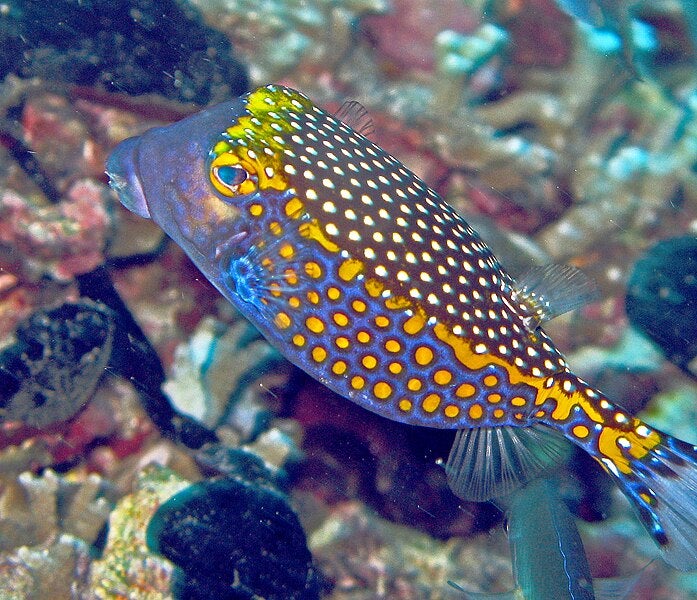How do animals get their spots and stripes? Scientists reveal new theory
Have scientists finally cracked the code on what causes spots and stripes on animals?

Nature is full of many patterned animals, from the stripes on zebras, spots on leopards, to the intricate details on sea creatures.
Researchers have studied for a long time the biological explanation behind these natural wonders, such as camouflage and survival, but the mathematical reason for how they form has remained puzzling.
In 1952, mathematician Alan Turing published a paper with equations that could explain how animals got their spots and stripes.
Mr Turing said that chemical agents were produced when their tissue was developing; the chemicals would react and form spots; this reaction-diffusion theory was what he proposed to be the natural occurrence of patterns.
However, engineers at the University of Colorado Boulder believe that the diffusion theory does not explain how sharp patterns can be produced, as Mr Turing’s proposal describes a more fuzzy type of pattern being formed.
A news release for the study likens this to when milk is poured into coffee; it diffuses and runs off in different directions, creating a fuzzy, undefined pattern.
They use a boxfish as an example; its pattern is complex and comprises a purple dot surrounded by a deeper purple and an ornate yellow hexagonal outline.
They believe that Mr Turing’s explanation does not match how this elaborate pattern could be formed.
A new study by CU Boulder engineers in the Science Advances journal suggests that a mechanism called diffusiophoresis may be the reason behind the sharp and detailed patterns found on even the most intricate of animals.
Diffusiophoresis describes how a molecule moves through a liquid and how that changes in response to concentration gradient differences; in other words, this is how dirt is lifted from laundry when it is being washed.
Benjamin Alessio and Ankur Gupta, the researchers of the study, suggest that the movement of molecules during diffusiophoresis always follows a clear route, which, in turn, produces patterns with sharp outlines.
They theorise that when the molecules move, they leave behind a trail of pigment, which forms spots and stripes.
The engineers ran a series of computer simulations using equations to mimic the purple pattern on boxfish skin, one with their hypothesis and one with Mr Turing’s theory.
Mr Turing’s equations produced a picture of blurry purple dots with a faint outline, whereas their set came back with an image similar to the sharply defined and bright hexagonal pattern on the fish.
While Mr Turing’s theory has been used by scientists in researching other biological patterns, such as hair follicle placement, Mr Gupta hopes their discoveries could further advance the understanding of patterns in nature.
“Our findings emphasise diffusiophoresis may have been underappreciated in the field of pattern formation, Mr Gupta said in the news release.
“This work not only has the potential for applications in the fields of engineering and materials science but also opens up the opportunity to investigate the role of diffusiophoresis in biological processes, such as embryo formation and tumour formation.”
Jeremy Green, a professor of developmental biology at King’s College London, also spoke to the outlet to say that the new theory will likely influence experimentation in the future, but there are still gaps in Turing’s theory to be explored.
“Cells are extremely sticky and are very unlikely to be moved by diffusiophoresis,” said Mr Green, who was not involved in the study, to CNN.
“Cells moving to sharpen a Turing pattern is not a new idea, and can happen not only by chemotaxis (active cell migration) but also by other mechanisms.”
Mr Gupta relayed to CNN that they are not claiming that diffusiophoresis is the only mechanism to be considered “but rather it is present and has been underappreciated.”
Subscribe to Independent Premium to bookmark this article
Want to bookmark your favourite articles and stories to read or reference later? Start your Independent Premium subscription today.

Join our commenting forum
Join thought-provoking conversations, follow other Independent readers and see their replies